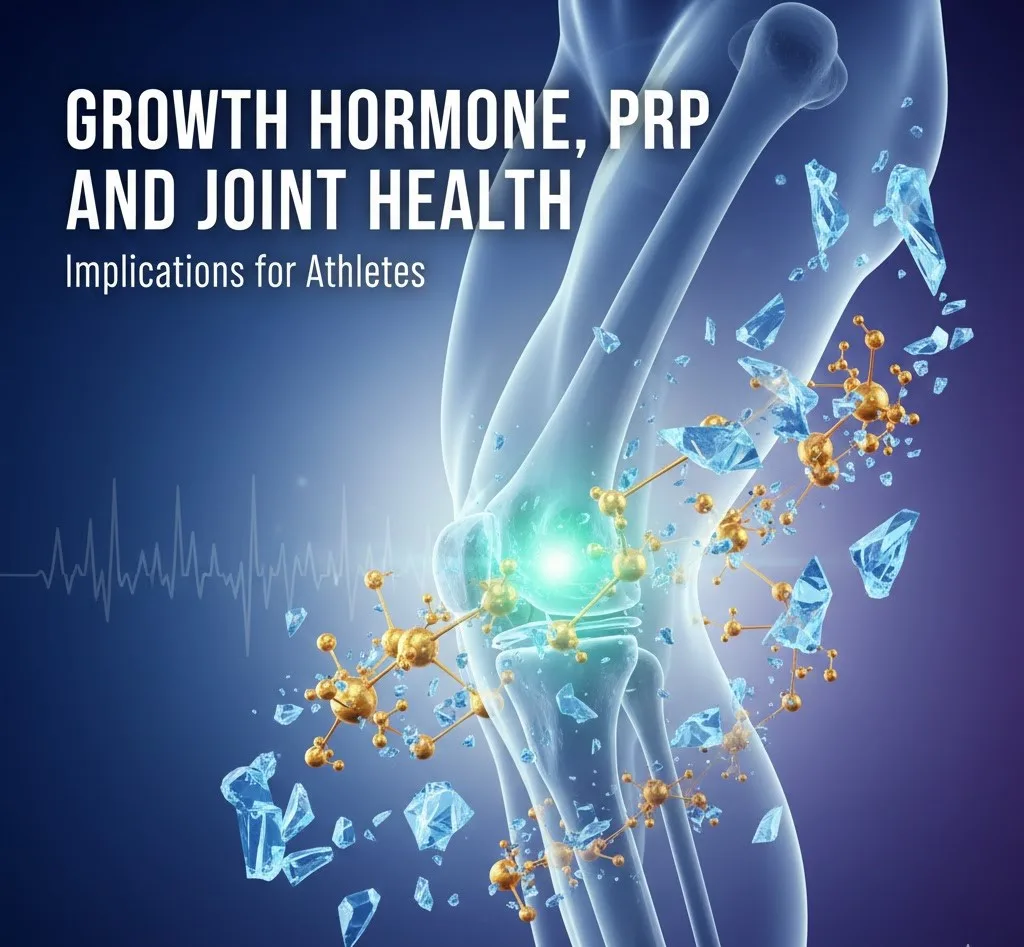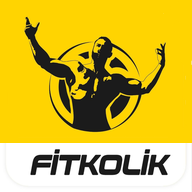Joint health is paramount for athletes, whose careers and daily lives often depend on the optimal function of their musculoskeletal system. The rigorous demands of training and competition frequently lead to wear and tear, and sometimes, significant injuries to joints. In the quest for enhanced recovery, performance, and longevity, treatments involving growth hormone (GH) and Platelet-Rich Plasma (PRP) have garnered considerable attention, yet their application, particularly for athletes, remains a subject of ongoing research and careful consideration.
Intra-Articular Growth Hormone and PRP: A Regenerative Duo?
Emerging research suggests a promising synergy between intra-articular (in-joint) growth hormone and Platelet-Rich Plasma (PRP) in addressing conditions like osteoarthritis, a degenerative joint disease that can severely impact an athlete's career. Studies indicate that the combined use of these therapies, often guided by ultrasound for precision, may lead to an improvement in the thickness of cartilaginous tissue within affected joints. Cartilage, the flexible connective tissue that cushions joints, is critical for smooth movement and impact absorption. Its degradation is a hallmark of osteoarthritis and a significant concern for athletes, who often experience premature cartilage breakdown due to high-impact activities and repetitive stress.
The proposed mechanism is compelling: PRP, derived from the athlete's own blood, contains a concentrated mix of growth factors that stimulate healing and regeneration. When augmented with intra-articular growth hormone, this regenerative potential may be amplified, fostering an environment conducive to cartilage repair and potentially slowing or reversing the degenerative process. For athletes facing career-threatening joint issues, such treatments offer a beacon of hope for returning to play and extending their athletic lives.
The Double-Edged Sword: When Growth Hormone Becomes Detrimental
While the therapeutic potential of growth hormone in specific, supervised contexts is being explored, its non-medical or inappropriate use, particularly by athletes seeking an unfair edge or accelerated recovery, carries significant risks. It is crucial to distinguish between targeted, evidence-based medical interventions and the illicit use of growth hormone.
A critical concern arises when individuals who do not have a genuine medical need for somatropin (synthetic growth hormone) engage in its long-term use. This can lead to serious adverse effects, notably the potential for joint dislocation, particularly in the hip and shoulder. The underlying reason for this adverse outcome lies in the very nature of growth hormone: it promotes tissue growth. In healthy individuals or those using it without proper medical indication, excessive and uncontrolled growth hormone activity can lead to an increase in the volume of joint tissue and the accelerated differentiation of chondrocyte cells. While controlled chondrocyte activity is essential for cartilage health, an unchecked proliferation can disrupt the delicate balance and structural integrity of the joint, making it more susceptible to dislocation.
For athletes, whose joints are already subjected to extreme forces, such instability can be catastrophic, leading to severe injuries, prolonged rehabilitation, and potentially ending their careers. This highlights the importance of stringent anti-doping regulations and educating athletes on the profound dangers of misusing substances intended for specific medical conditions.
Conclusion for Athletes and Sports Medicine
The landscape of regenerative medicine offers exciting possibilities for treating joint pathologies in athletes, with intra-articular growth hormone combined with PRP showing promise for cartilage regeneration in conditions like osteoarthritis. However, these advanced therapies must be approached with scientific rigor and administered under strict medical supervision. Concurrently, the sports world must remain vigilant about the dangers of growth hormone misuse. While therapeutic applications aim to restore and protect an athlete's body, the improper use of growth hormone can paradoxically lead to joint instability and devastating consequences, underscoring the vital distinction between genuine medical innovation and harmful substance abuse. The ultimate goal remains to support athletes' health and performance through safe, ethical, and evidence-based practices.

